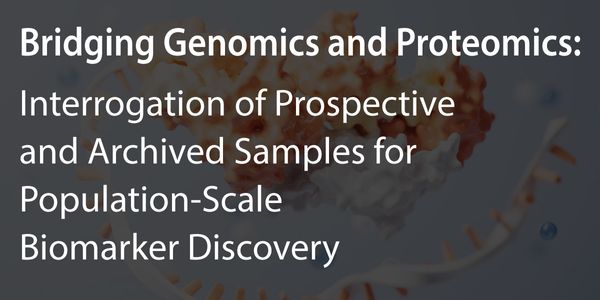Investigator, Howard Hughes Medical Institute, Professor of Biochemistry, Adjunct Professor of Genome Sciences, Physics, Computer Science, Chemical Engineering, and Bioengineering, University
BIOGRAPHY
AUG 22, 2013 11:00 AM PDT
Design of protein structures, functions and assemblies
Presented at:
Genetics and Genomics Virtual Event Series 2013
C.E. Credits:
CE
Speaker
Abstract
I will describe recent advances in computational protein design which allow the generation of new protein structures and functions. I will describe the use of these methods to design ultra-stable idealized proteins, flu neutralizing proteins, high affinity ligand binding proteins, and self assembling protein nanomaterials. I will discuss possible applications to therapeutics, vaccines and diagnostics. I will also describe the contributions of the general public to these efforts through the distributed computing project Rosetta@home and the online protein folding and design game FoldIt.
You May Also Like
DEC 17, 2025 | 8:00 AM
C.E. CREDITS
Parkinson’s disease (PD) remains one of the most challenging neurodegenerative disorders to diagnose and monitor. Conventional clinical assessments and imaging often miss the early mol...
DEC 18, 2025 | 8:00 AM
Immunotherapy has transformed cancer treatment, but persistent challenges, such as T cell exhaustion, limited persistence, and variability in response, continue to impact therapeutic success...
JAN 14, 2026 | 10:00 AM
Join us for an insightful webinar to discuss a holistic approach to testing for TB in a clinical setting. Tuberculosis remains a global health challenge and accurate, timely diagnosis is cri...
JAN 15, 2026 | 8:00 AM
Personalized medicine promises to significantly improve patient outcomes, but achieving this requires a deep understanding of human health and disease mechanisms at the molecular level. The...
JAN 20, 2026 | 11:00 AM
CAR-T translational research demands precise, reproducible, and scalable flow cytometry workflows. Manual centrifugation and antibody preparation steps remain major sources of variability an...
JAN 20, 2026 | 9:15 AM
Bloodstream infections (BSIs) remain a critical challenge in clinical care, where every hour of delay in diagnosis can significantly impact patient outcomes. This webinar explores findings f...
Loading Comments...
Please update your information
Certificate of Participation
Thank you for choosing Labroots. Please note that a Certificate of Participation does NOT count towards Continuing Education Credits.
DOWNLOAD CERTIFICATE
DOWNLOAD CERTIFICATE
You must watch the entire webinar to receive your certificate of participation.
You must attend the event before receiving your certificate of participation.
You must register for the event first.
Certificate is no longer available for this event.
You must be logged in to retrieve your certificate.






